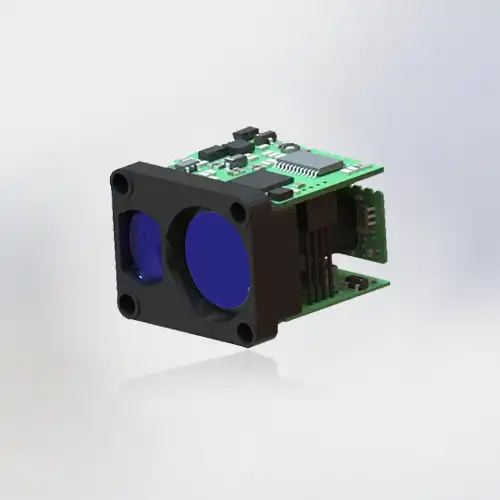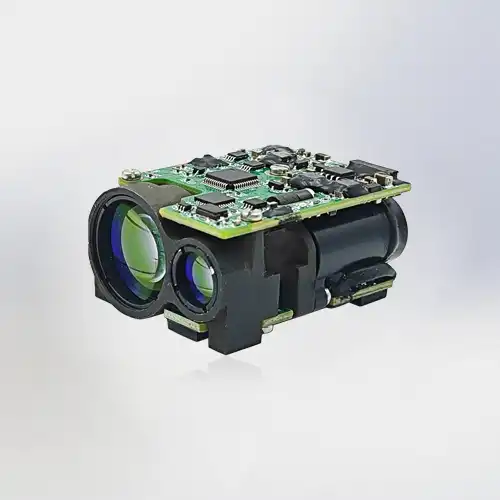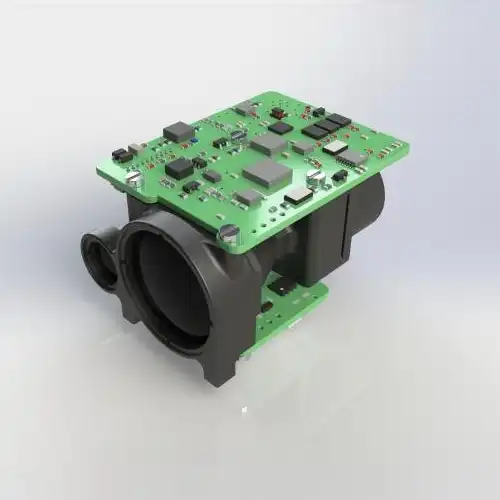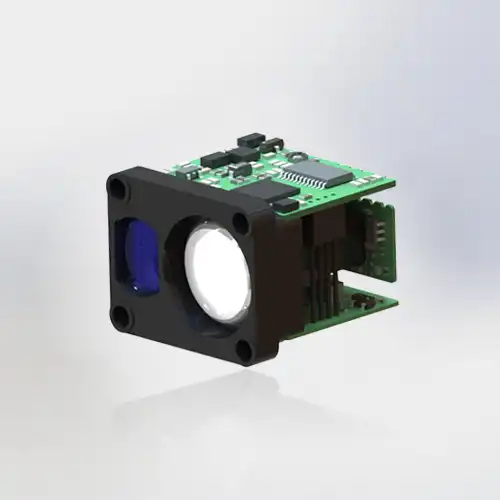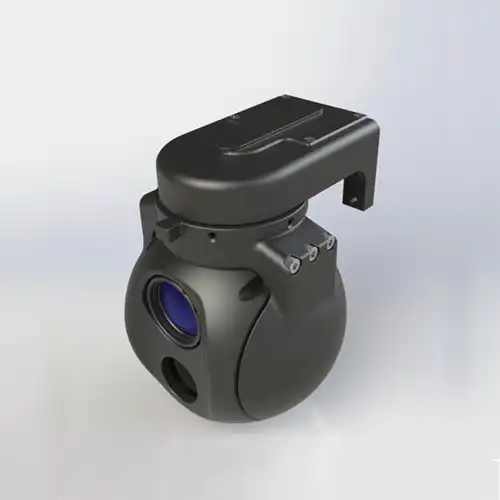Is A laser rangefinder accurate?
As an avid outdoorsman and professional photographer, I often find myself relying on Laser Rangefinders to ensure precise measurements in various conditions. Whether I'm capturing wildlife from a safe distance or setting up the perfect shot, the accuracy of these devices is crucial. But how accurate are rangefinders really?
B-Side Customer Concerns
Durability and Weather Resistance
When choosing a rangefinder, customers often express concerns regarding durability and weather resistance. These factors are crucial, especially for outdoor activities like hunting, golfing, or surveying. A durable rangefinder should withstand rough handling, drops, and impacts that may occur during use. Customers seek devices made from robust materials that can endure harsh conditions.
Weather resistance is equally important; many users need a rangefinder that can function effectively in various climates. Products that are water-resistant or even waterproof are highly sought after, as they ensure reliability during rain or snow. Additionally, resistance to dust and moisture helps maintain performance over time. Buyers look for models with protective features like rubberized exteriors and sealed compartments to ensure longevity and dependable operation in adverse weather conditions.
Precision and Consistency
Customers frequently voice concerns regarding the precision and consistency of Laser Rangefinders, as these attributes are vital for effective usage in various applications. Precision refers to how closely the measurements align with the actual distances, while consistency denotes the ability to produce reliable results across multiple readings. Users, whether in construction, hunting, or sports, expect their devices to deliver accurate measurements every time they are used.
Inconsistent readings can lead to significant errors, especially in critical tasks like surveying or architectural planning. Therefore, customers often seek rangefinders that boast high precision ratings, typically expressed in millimeters or inches. They look for models equipped with advanced technology, such as digital signal processing, to enhance measurement reliability. Additionally, users appreciate features like continuous measurement modes that allow for real-time feedback, ensuring that they can trust their rangefinder to provide accurate distances consistently, even in challenging environments.
Battery Life and Power Efficiency
One of the primary concerns for customers considering the rangefinders is battery life and power efficiency. A reliable rangefinder should have sufficient battery capacity to last through extended use, especially during long outings like hunting trips or construction projects. Users often express frustration with devices that require frequent battery changes, as this can disrupt workflow and lead to missed opportunities.
Power efficiency is equally crucial; customers prefer rangefinders that utilize advanced technology to maximize battery life without compromising performance. Features such as auto shut-off and low-power modes can significantly extend usage time, allowing users to focus on their tasks rather than worrying about battery depletion. Additionally, customers often look for models that offer rechargeable batteries, which can be more convenient and environmentally friendly. Overall, the combination of long-lasting batteries and efficient power management is essential for ensuring customer satisfaction and confidence in their laser rangefinder.
Ease of Use and Interface Design
Customers often emphasize the importance of ease of use and interface design when selecting Laser Rangefinders. A user-friendly interface is essential for enabling users to operate the device efficiently, particularly in high-pressure situations where quick measurements are necessary. Customers prefer rangefinders with intuitive controls and clear display screens that provide vital information at a glance.

The layout of buttons, menus, and features should be straightforward, allowing users to navigate effortlessly through various functions, such as switching between measurement modes or adjusting settings. Many customers appreciate devices that include tactile feedback, such as audible beeps or vibrations, to confirm successful measurements. Additionally, a lightweight design with ergonomic grips enhances usability, especially during prolonged use. Ultimately, a well-designed interface not only improves the overall user experience but also fosters confidence in the accuracy and reliability of the rangefinder.
FAQ
Q: How accurate are Laser Rangefinders?
A: The rangefinders typically boast accuracy within a few yards or even inches, depending on the model and conditions. Advanced features like angle compensation and target priority contribute to precise measurements.
Q: Are Laser Rangefinders suitable for hunting?
A: Yes, many hunters rely on rangefinders to accurately gauge distances to targets, enhancing shooting accuracy and safety during hunts.
Q: What industries use Laser Rangefinders?
A: Besides photography and hunting, Laser Rangefinders find applications in golfing, construction, forestry, and surveying, among others.
Q: Can laser rangefinders be used in bright sunlight?
A: Yes, most modern rangefinders are designed to function well in bright sunlight. However, visibility of the laser beam may be reduced under very bright conditions, which could affect targeting and measurement.
Q: What is the difference between accuracy and precision in laser rangefinders?
A: Accuracy refers to how close a measured value is to the true value, while precision indicates the consistency of repeated measurements. A laser rangefinder can be precise (providing similar measurements consistently) but not necessarily accurate if there is a systematic error in the device.
Q: Is it worth investing in a high-end laser rangefinder?
A: Investing in a high-quality laser rangefinder can be worthwhile, especially for professionals who require high accuracy and reliability. Higher-end models often offer improved precision, better optics, and additional features that can enhance performance in various conditions.
Conclusion
In conclusion, the rangefinders are indispensable tools for professionals and enthusiasts alike, offering unparalleled accuracy and reliability in distance measurement. Whether you're navigating challenging landscapes or fine-tuning your photographic compositions, these devices provide essential data swiftly and accurately.
Hainan Yiyang Technology Co., Ltd. is a professional Laser Rangefinders manufacturer and supplier, with large inventory, complete certificates, fast delivery, strict packaging, and support for testing. We specialize in OEM and ODM services to meet diverse customer needs. If you are choosing your own rangefinders, please contact us at photoelectric01@eyoungtec.com to discuss your requirements.
References
1. Bock, H., & Arora, K. (2022). “Accuracy Evaluation of Laser Rangefinders for Various Applications.” Journal of Applied Geodesy, 16(1), 29-38. doi:10.1515/jag-2022-0003.
2. Schmid, J., & Krawczyk, R. (2021). “Factors Affecting the Accuracy of Laser Rangefinders.” Optical Engineering, 60(7), 073101. doi:10.1117/1.OE.60.7.073101.
3. Ghosh, S., & Banerjee, S. (2020). Laser Rangefinding: Principles and Applications. New York: Springer.
4. Kubo, T., & Suzuki, Y. (2019). “Analysis of Measurement Errors in Laser Rangefinders.” Measurement Science and Technology, 30(6), 065004. doi:10.1088/1361-6501/ab06a5.
5. National Oceanic and Atmospheric Administration (NOAA). (2023). “Understanding the Accuracy of Laser Rangefinders.”



